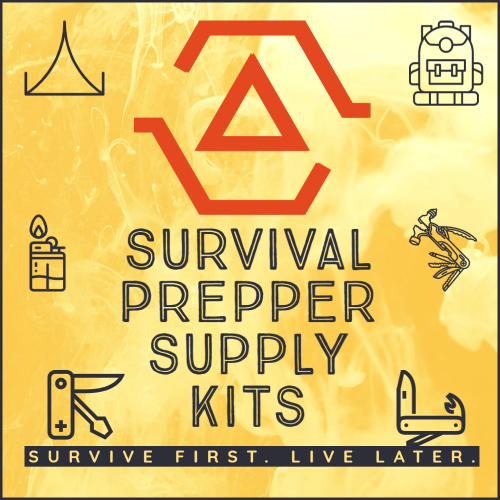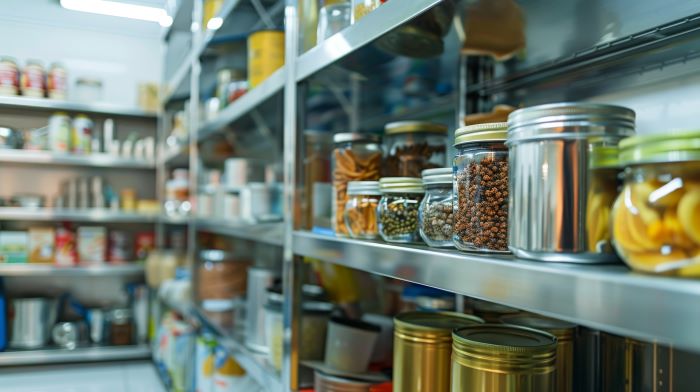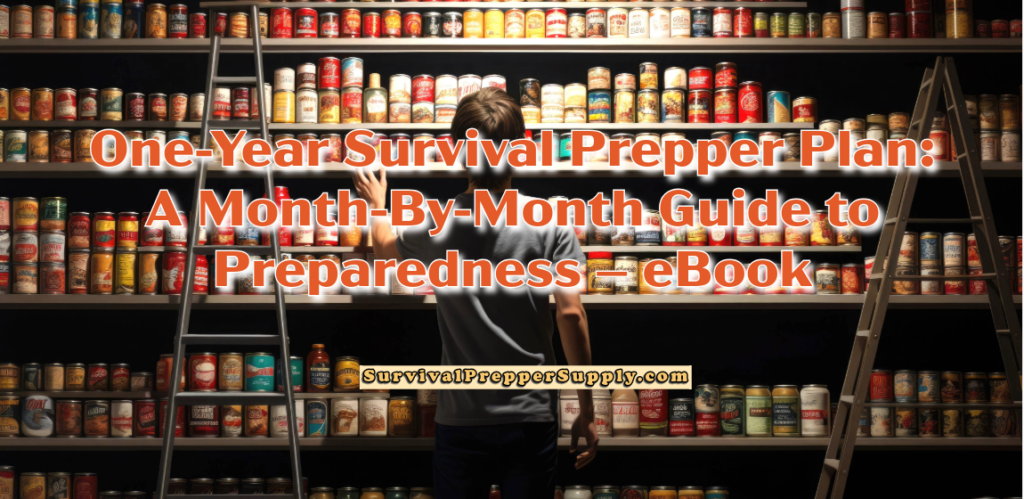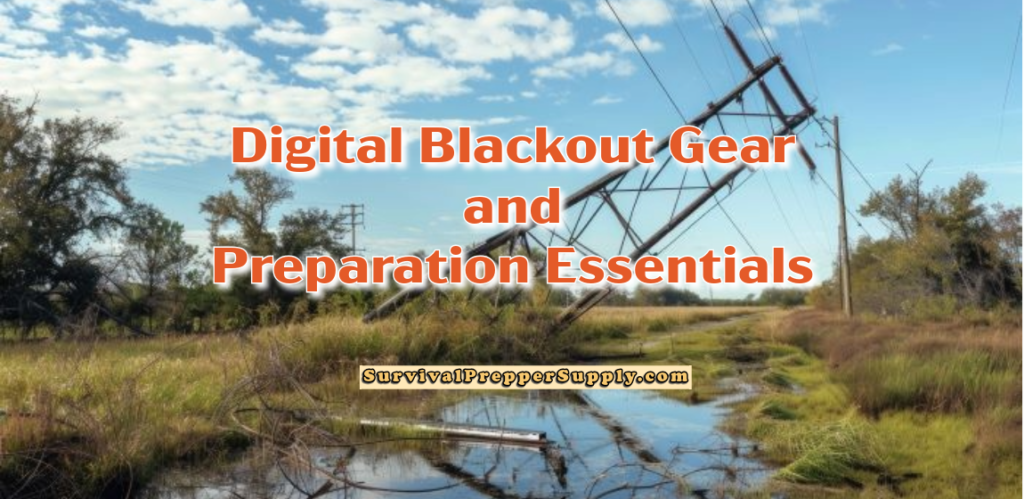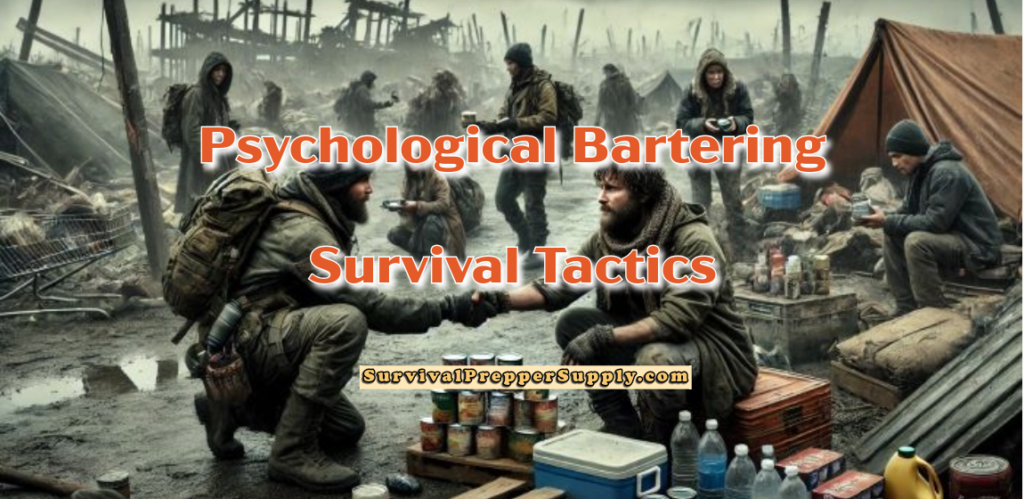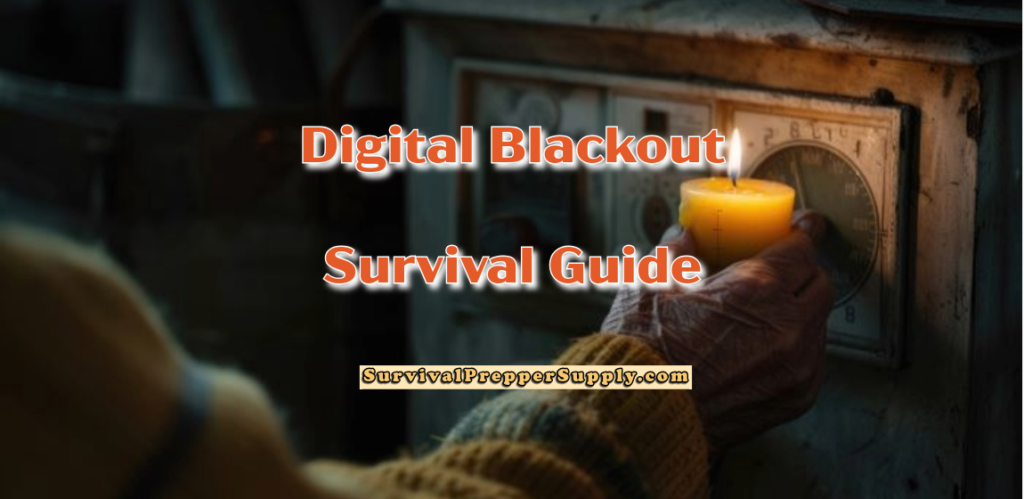Introduction to Emergency Food Preparedness
Being prepared for unforeseen events is crucial to caring for yourself and your loved ones. Suppose a natural disaster strikes or you face a prolonged power outage. In this case, having a stash of food specifically set aside for emergencies could be a lifesaver. This pillar post will discuss the foundational steps to build a food supply that’s robust enough for any emergency.
How often have you reached for a food item in your pantry and found it wasn’t there? You know you have it. You swear you bought a replacement, but nope. It’s not there! Where is your stock replacement list when you need it?
This isn’t just about stocking up on random canned goods. It’s also about adopting a systematic approach to maintaining your health and well-being no matter what life throws your way. All plans are adjustable, but your plan needs to follow a cohesive outline.
I’ll give you some pragmatic advice on evaluating your needs, choosing the right food items, and storing them properly. This guide will be an indispensable tool to shield your household from the discomfort and uncertainty of emergencies.
Assessing Needs and Setting Goals
When you’re gearing up for any emergency, the first step is assessing your household’s needs. This isn’t just about counting heads; it means considering each person’s dietary restrictions, allergies, and preferences. After all, the last thing you want during a stressful situation is a food-related issue, adding to the chaos.
Now, let’s talk numbers. Calculate how much food each person will need daily and multiply that by the number of days you’re planning for. Start with at least a three-day supply for each member of your family. If possible, aim for a longer-term supply of up to two weeks.
In setting your goals, consider the balance between space and budget and maintain a good variety in your food supply. Don’t worry too much about overstocking initially. It’s better to build your supply gradually, focusing on what’s feasible for your living situation and financial means. This plan is yours, so it’s up to you whether that’s starting small and expanding later or going all out from the start.
Selecting Appropriate Food Items
I’m here to help you select the right food items for your emergency supply. It’s not just about tossing a bunch of canned goods into a cart; it’s about choosing food that will last and provide the necessary nutrition. The ideal choices are non-perishable but must have a decent shelf life and maintain their taste and nutritional value over time.
Choosing non-perishable foods means looking for items that don’t require refrigeration, including:
- dried goods,
- canned vegetables,
- and proteins like:
- beans
- or canned meats.
But while shelf life is crucial, don’t forget the importance of nutrition. Your emergency stash should include a variety of food groups to ensure a balanced diet.
That said, the process should also consider personal tastes and dietary restrictions. Selecting foods you and your family are familiar with and enjoy eating will make the situation less stressful. Having a variety of spices and condiments on hand can help keep meals interesting.
Meal planning, even for emergencies, is a smart move. Consider adding a solid mix of ready-to-eat meals and ingredients that can be used in various dishes. This includes companies such as Mountain House and Augason Farms that offer freeze-dried meals, which only require water.
So, what are some of the criteria for choosing the food items? Look for those high in calories and nutrition, such as nuts, dried fruits, and whole grain crackers. Choosing items compatible with various dietary needs, such as gluten-free or nut-free options, can cater to all family members. Additionally, diversify your protein sources by including plant-based options for those with dietary restrictions.
Storage Solutions and Practices
When it comes to keeping your emergency food in top shape, how and where you store it makes a huge difference. Choose a cool, dark, and dry place to keep your supplies safe from heat, moisture, and pests – these are your food’s worst enemies. Think basements, closets, or a pantry away from any heat sources.
Start by using sturdy containers—you want something airtight and waterproof. Mylar bags, food-grade buckets with lids, or even vacuum-sealed bags are solid choices. They’ll help prevent pests and keep out moisture, which can spoil your food before it’s time.
As for organization, categorize your items. Grains with grains, proteins with proteins—you get the picture. It not only makes it easier to find what you need in a pinch but also helps with rotating your stock. Speaking of rotation, I’ll look into it more in the next section.
Don’t overlook labeling everything with purchase or pack dates. This simple step is a lifesaver. It tells you how old something is and when it’s time to use or replace it. And don’t just place items in and forget them; schedule regular checks every six months. This is your chance to inspect the condition of your food and packaging.
Consider some portable options if you’re in an area prone to natural disasters. Have a ‘grab-n-go’ emergency bag with enough food for three days. Lightweight, nutrient-dense foods like energy bars, dried fruits, and nuts are perfect for this.
Maintaining Your Emergency Food Supply
Keeping your emergency supplies up to date is as crucial as assembling them. Start by setting quarterly reminders to check your inventory. It’s not just about having the supplies; it’s about ensuring they’re safe and nutritious when needed. Evaluate each item’s expiration date and if any packages have been damaged or compromised.
A sound rotation system is vital to avoiding waste. Use the ‘first-in, first-out’ method, prioritizing foods closer to their expiration for current use while adding fresh supplies to the back of the storage area. This cycle keeps your stockpile fresh and prevents you from being caught off guard by expired goods.
Don’t overlook non-food items that need regular checks, like batteries or first-aid supplies. Replace anything that’s out of date or in poor condition. With a well-maintained supply, you can transition to the final piece of your preparedness puzzle: securing water and other essentials.
Being Prepared Beyond the Pantry
The scope of emergency preparedness extends beyond just a well-stocked food supply. While ample non-perishable food items are a cornerstone of readiness, water is perhaps equally, if not more, critical. A reliable water supply can become compromised in an emergency, so ensuring enough water to last through the crisis is imperative.
A well-rounded emergency kit should contain non-food items in addition to food and water. Consider including a first-aid kit, medications, flashlights with extra batteries, a multi-tool, and personal hygiene products. These essentials can make a substantial difference in your comfort and well-being during and after an emergency.
Continuous learning and staying informed about best practices in emergency preparedness can significantly enhance your ability to cope with unforeseen events. Local community courses, online resources, and government publications provide valuable insights into advanced preparedness strategies.
The objective here is not to instill fear but to inspire confidence in handling emergencies. Take these steps one at a time, and piece by piece, you’ll build a comprehensive emergency preparedness plan that will serve you well if needed.
I’m the daughter of 2 original survivalists who moved from the north to sunny Florida. My mother, along with her parents, bought 30 mostly uncleared acres in 1938. The first home was made of pecky-cypress and built by a house-raising. My mother raised 10,000 chickens.
My divorced mother met and married my father in 1948. From pine trees on our property, he hand-built a log cabin. He also built a tarpaper-lined 65’x45′ pool with duck pond overflow. We had an artesian well for our water and powering our hand-built waterwheel for the pool. He built a substantial cantilevered roof workshop with a car pit in the massive cement floor.
Since my early teens, I have read a ton of books about survival, prepping, the bomb, an apocalypse, homestead living, and SHTF situations. As an adult, I continue to read sci-fi, survival prepping, and science. I practice a prepper lifestyle albeit a bit modified, read a lot, buy a lot, pack/store a lot of anything survival related.
Read my About Me post for more details on our self-sufficient living. I lived there until I went to college in 1968.
My SurvivalPrepperSupply.com blog strives to educate individuals on coping with natural and human-caused disasters using article posts about preparing for emergencies.
